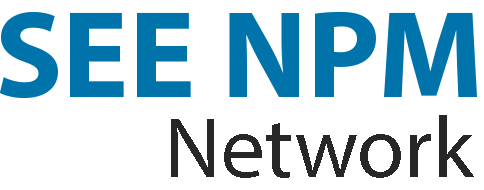- Version
- Download 0
- File Size 8.00 KB
- File Count 1
- Create Date November 19, 2022
- Last Updated December 27, 2022
Meeting of the South Eastern European NPM Network in Vienna
From 15 to 16 November, the second meeting of this year of the South Eastern European network for NPMs (National Preventive Mechanism) took place under the chairmanship of the Austrian Ombudsman Board. Within the framework of this network, the 13 NPMs (Albania, Austria, Bulgaria, Croatia, Greece, Hungary, Montenegro, Northern Macedonia, Romania, Serbia, Slovenia as well as Bosnia-Herzegovina and Kosovo) meet regularly to exchange experiences. A representative of the Council of Europe, which supports the network within the framework of the "European NPM Forum", and a representative of the NPM from Georgia also took part.
The topics of the meeting were "Coercive measures for adolescents and adults with mental disorders" and "Children and adolescents with mental and physical disabilities". The NPMs presented the situations in the respective countries and addressed the legal basis for placement and the use of coercive measures as well as the greatest challenges at present. Staff shortages and the lack of well-trained staff and inadequate infrastructure are the biggest problems. In the course of the exchange, joint recommendations were developed:
Persons with disabilities, especially juveniles, shall enjoy special protection. Coercive measures in all circumstances may only be applied to these particularly vulnerable groups on the basis of an authorisation by law and in line with national and international standards.
All physical and medicinal restraints may only be used as a last resort after all attempts of de-escalation and for the shortest time necessary and reviewed as soon as possible. All coercive measures shall be supervised externally.
During the time of a mechanical restraint measure, a caregiver/nurse should be present at all times.
In all facilities in which juveniles and/or persons with disabilities are restrained, the reasons for, the type of and the duration of the coercive measures taken must be adequately documented.
